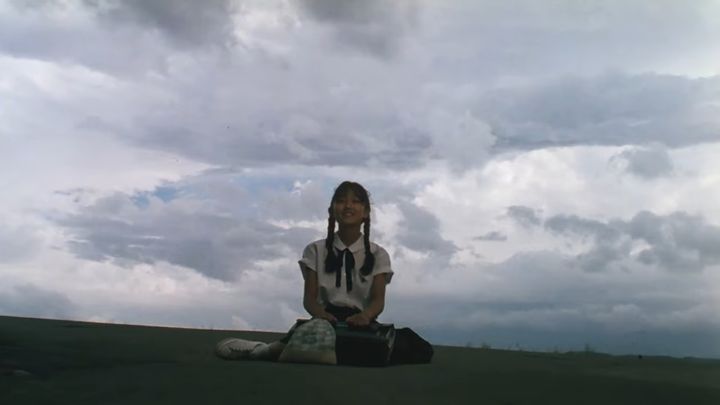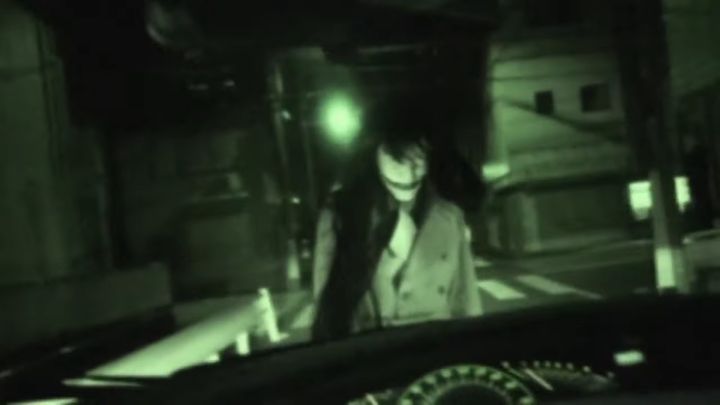Know Nothing Film Everything: Senritsu Kaiki File Kowasugi
The goal of Senritsu Kaiki File Kowasugi is to make the world explicable; it is to condense the truth of all spirits into something as banal as a DVD.
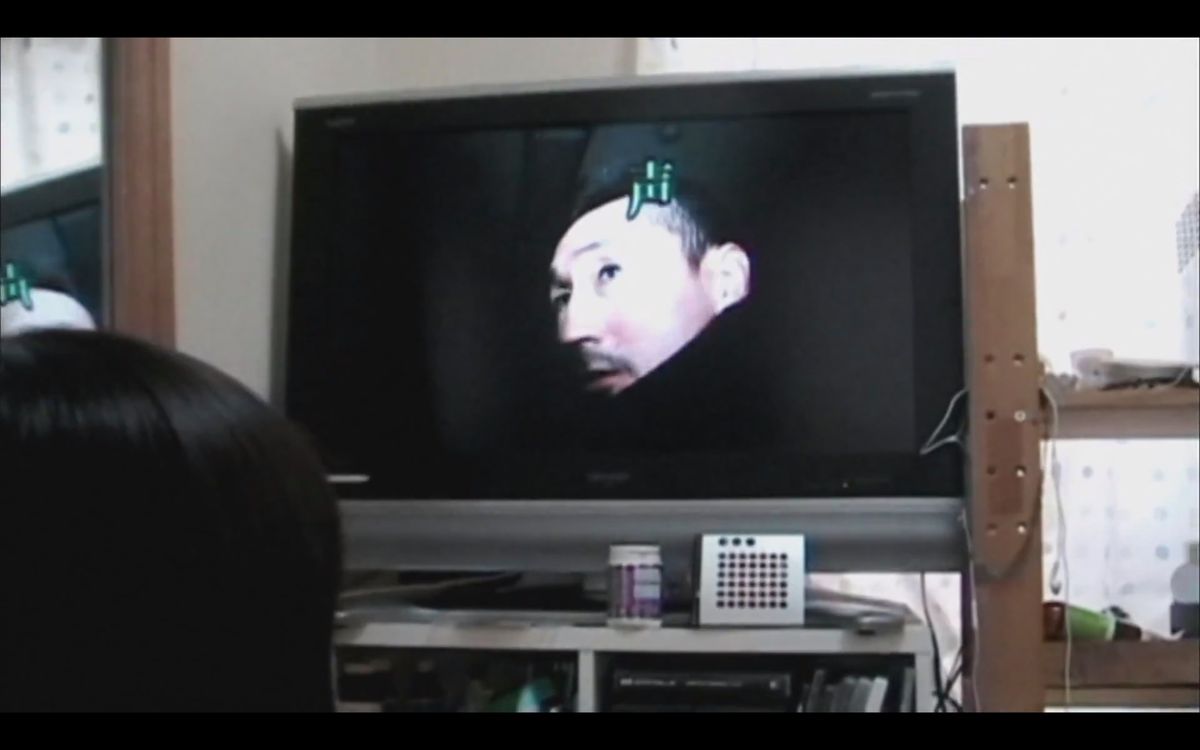
Welcome to ANIWIRE! Thank you for being patient last week; I’ve been busy moving to a new apartment, so I’ve had less time and energy to write this newsletter. This week, in honor of the Halloween season, we’re talking about Japanese horror director Koji Shiraishi, his classic film Noroi: The Curse and his ongoing film series Senritsu Kaiki File Kowasugi. Before that, though, here’s the news from the past week.
News
- If you were a Crunchyroll subscriber between September 2020 and September 2023, you qualify for a $30 payout thanks to a class action settlement. You have until December 12th to submit the necessary forms.
- Seven Seas licensed a new manga memoir by Nagata Kabi, My Wandering Warrior Eating Disorder. The success of her early work My Lesbian Experience With Loneliness proved that autobiographical manga had a place in the United States market. Here’s hoping she’s doing okay…
- Glacier Bay Books licensed Flash Point, a new book by Imai Arata (F.) F was exceptionally weird, so I can’t wait to see whatever the heck this comic is like.
- New trailers for Kaiju No. 8 and Metallic Rouge, two exciting action series set to premiere in 2024. Kaiju No. 8 combines anime studio titans Production I.G. and khara, while Metallic Rouge features experienced mechanical designer and jack-of-all-trades Yutaka Izubuchi.
- A trailer premiered for Scott Pilgrim Takes Off, Science Saru’s reinvention of the very 2000s graphic novel series. The visuals look great, but I’m not sold on the voice direction yet, even if the cast (borrowed from the 2010 film) is stacked.
- There’s a new Dragon Ball anime called Dragon Ball Daima, and Akira Toriyama is heavily involved! Goku is a little guy with a staff once again.
- Per Comics Beat’s roundup, Viz licensed Fool Night and Hirayasumi, reportedly two very good comics. Plus they’re reprinting Taiyou Matsumoto’s classic Gogo Monster!
Bookmarks
- At Full Frontal, Matteo Watzky interviewed Goro Taniguchi (Code Geass). Later, Ludovic Joyet interviewed Masahiko Minami, the president of Bones. Fantastic stuff here!
- artist_unknown interviewed Will Feng, a producer at Trigger who worked on several of the studio’s video game opening sequences.
- For Anime Herald, Kennedy (Red Bard) wrote about early US anime magazine Protoculture Addicts.
- For The Comics Journal, Hagai Palevsky reviewed Maki Fujiwara’s My Picture Diary in dialogue with Yoshiharu Tsuge’s The Man Without Talent.
- Anime News Network wrote about what anime series they’d love to see licensed one day. Shout out to Lynzee Loveridge’s love letter to The Violinist of Hamelin! (I’d love to see Discotek pick up Ojamajo Doremi one day, personally…)
- Amelie Doree made a video about the legendary 2003 visual novel Cross Channel. This game meant a lot to me when I played it back in the day, though I haven’t been back to see if it holds up…
- At Women Write About Comics, Ivy Allie wrote about the long-running but strangely unappreciated comic strip FoxTrot.
- hazel did a normal creepypasta retrospective for Halloween season.
What I’ve Been Writing
- For Comics Beat, I wrote about animator and director Masaaki Yuasa’s unexpected appearance in Spy x Family.
- For Crunchyroll News, I wrote about the 10th anniversary of White Album 2’s anime adaptation.
AMV of the Week
Here’s NoneParticular’s “Mortal Soul.”

Every time a video plays, it goes something like this. Young people explore an abandoned building. A couple goes fishing by a lake in the woods. A team of filmmakers shoots a yakuza movie. No matter how it starts, the video is interrupted by something out of place: a floating face, something in the water, a jittering specter. Freeze. REPLAY. The tape rewinds. In slow motion, the aberration is revealed. Could it be a ghost, a kappa, an urban legend? Only one thing is certain: the thing in the video is just the tip of something that goes down, down, down. This is Senritsu Kaiki File Kowasugi, a series of films by director Koji Shiraishi.
Shiraishi’s biggest mainstream project is 2016’s Sadako vs. Kayako, a crossover between J-horror films The Ring and The Grudge. (The opening sequence to Chainsaw Man referenced the climax of that movie along with countless others.) His most famous film among horror fans, though, is Noroi: The Curse: a slow, atmospheric found footage film about documentarians drawn into an occult conspiracy. The experience of watching the film is something like a 2am Wikipedia dive in a room steadily filling with black liquid. Noroi was made available to stream on Shudder in 2017 (Canada) and then 2020 (United States.) It has since become a touchstone as revered by its fans as Pulse and Audition were a decade ago.
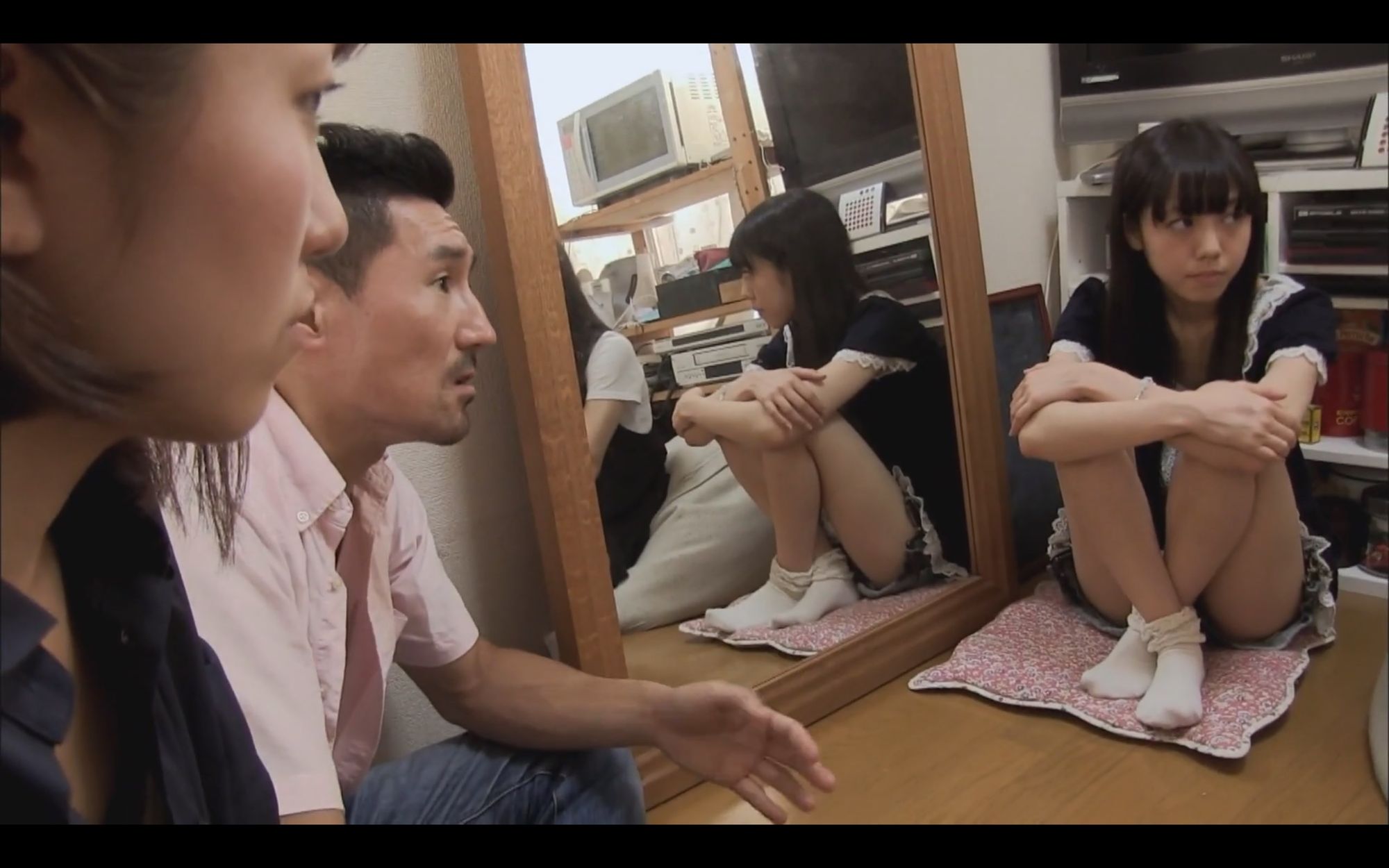
Noroi: The Curse and Senritsu Kaiki File Kowasugi both rely on found footage camera tricks and aggressively fake-looking digital effects. In other respects, though, they are quite different. Noroi: The Curse is a stand-alone film that steadily builds suspense over its two-hour runtime. Senritsu Kaiki File Kowasugi is a series of films that frequently run under 80 minutes each. Noroi: The Curse follows a principled director of documentaries who does his best to help people in need. Senritsu Kaiki File Kowasugi follows a hotheaded jerk more likely to punch his interview subjects in the face than help them.
Senritsu Kaiki File Kowasugi converts the structure of Noroi: The Curse into formula. Each film features director Jin Kudo, assistant Miho Ichikawa and cameraman Masatsugu Tashiro investigating a new spirit. They do research, talk to victims and finally confront the spirit itself. No matter how successful they are, the movie ends with visual proof the evil remains at large. The finale of the series not only (temporarily) wraps up Kudo’s story, but serves as an Avengers Endgame-style climax to Shiraishi’s filmography.
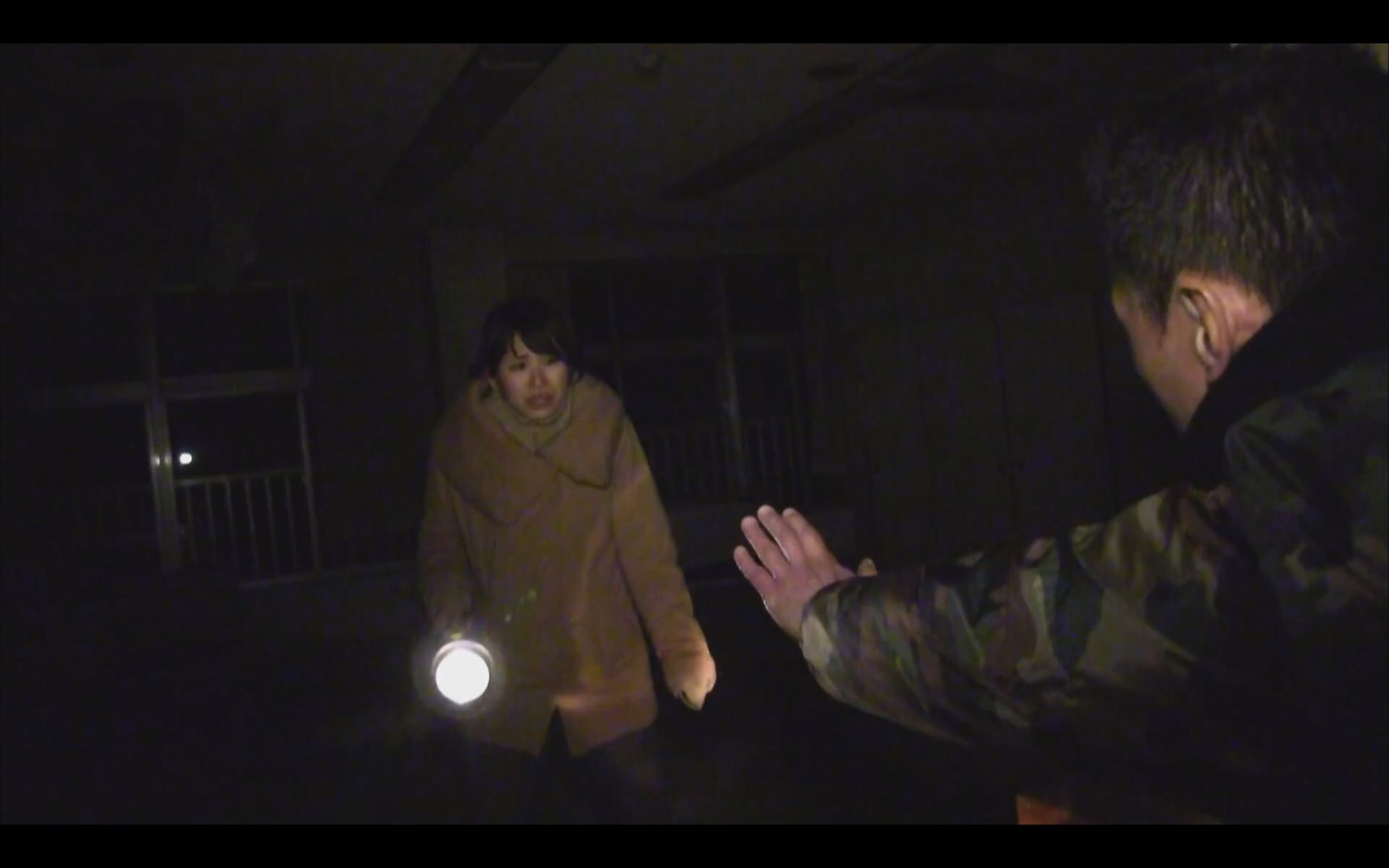
The appeal of these films comes from anticipating what foolish decision Kudo will make in each installment. It comes from rooting for Miho, who is constantly thrown into dangerous situations despite being overworked and underpaid. It comes from connecting the dots between each film and understanding the full scope of the series cosmos. This is the true face of “cozy horror.” Not Over The Garden Wall-style whimsy, but familiarity and routine. I am not immune to this. I spent my youth watching cryptid documentaries on Animal Planet after all. What is this series of films but Finding Bigfoot with higher stakes?
What I find most interesting about Shiraishi’s formula is his team’s insistence on rewinding the footage. Another film director might be satisfied to hide a ghost in a scene and leave it for curious viewers to find. The TV horror film Ghostwatch became famous for just that. Senritsu Kaiki File Kowasugi, on the other hand, wants you to see the hidden ghost no matter what. Eventually the “rewind” becomes a meta-joke. Capturing the supernatural on footage doesn’t make it go away. If anything, the more that Kudo and his team learn about the supernatural, the more it becomes clear that the video camera is only slightly more capable of recording the world than the human mind.
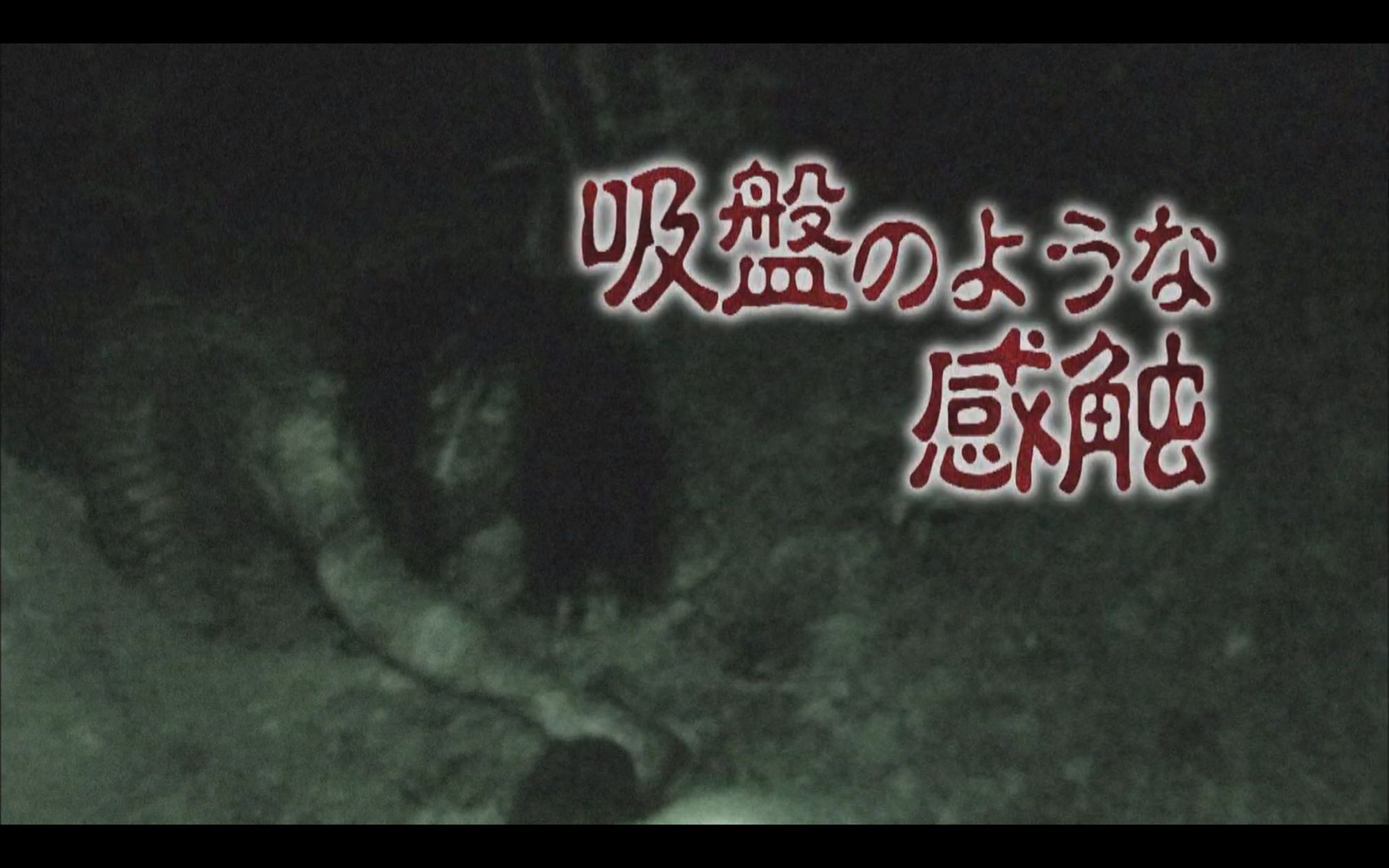
The goal of Senritsu Kaiki File Kowasugi is to make the world explicable; it is to condense the truth of all spirits into something as banal as a DVD. The closer Kudo and his friends come to the truth, though, the harder the truth bites back. Those who die are the lucky ones. Bystanders are punished and meddlers transformed. But Kudo keeps making movies. Rather than accept that the supernatural is more trouble than it’s worth, he insists that knowledge is the best revenge. He persists in this belief regardless of the cost to his coworkers, his subjects and the world itself.
Noroi: The Curse is all about the folly of “knowing” the world through the camera. Its hero Masafumi Kobayashi tries his best to solve the mystery. He and his wife take their interview subject into their house when she is under the influence of a spirit. Later, he adopts a child from the ruin of the occult ritual at the center of the film. Kobayashi’s hope is that one good thing might be preserved in the face of doom. Instead, in the film’s climax, Kobayashi learns that all his efforts to find meaning in chaos were nothing more than the punchline to a sick joke.
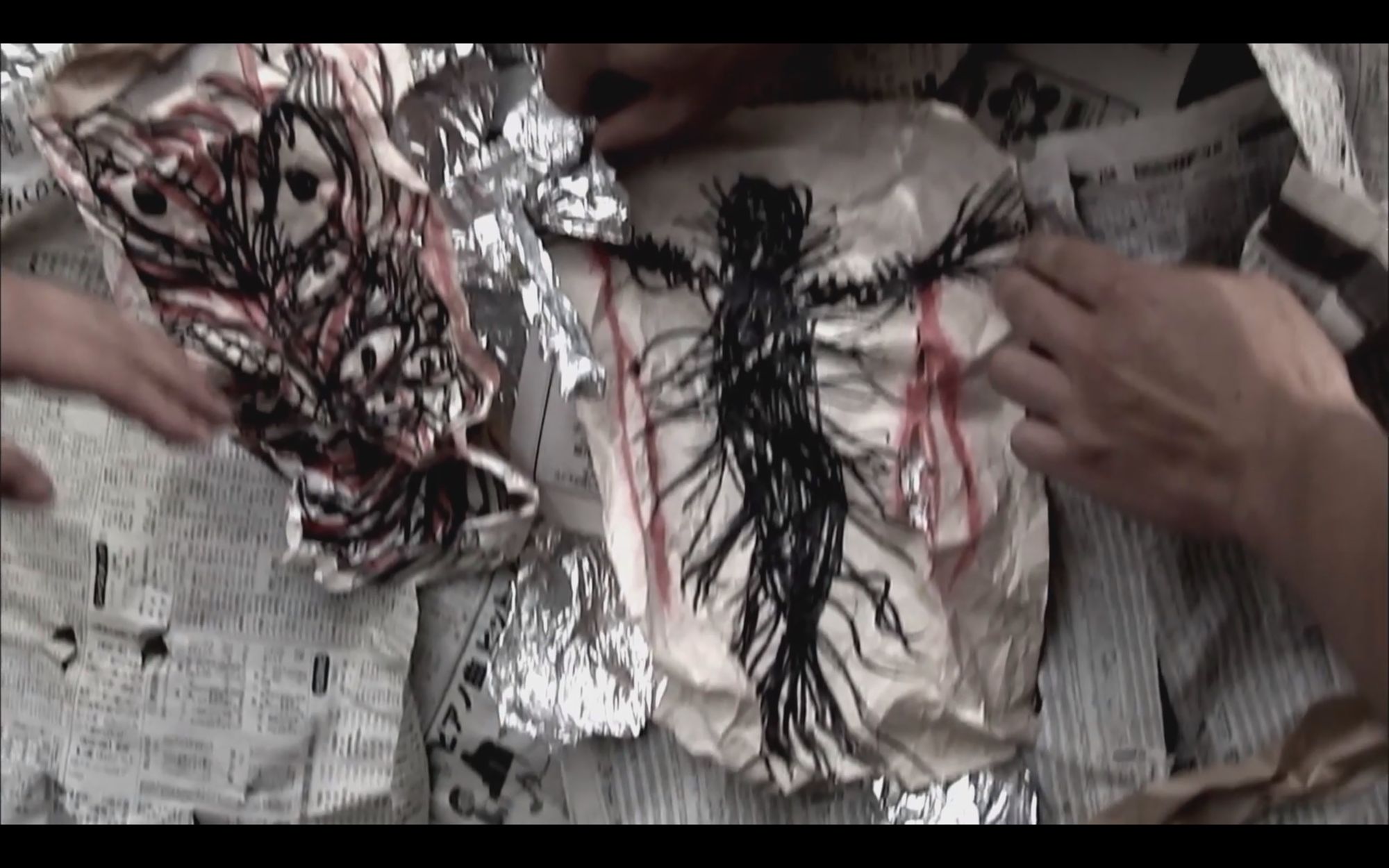
Senritsu Kaiki File Kowasugi adds something new, though, to Noroi’s brand of despair: fun. These films are designed so that you root for Kudo, Ichikawa and Tashiro even as their mistakes land them in deeper trouble. These characters might not be as saintly as Noroi’s documentarian Kobayashi, but they’re more likable for that. And their methods work! Kudo comes far closer to understanding “reality” than Kobayashi ever did. He even outlasted the climax of his own series to star in two additional films, plus an additional 2023 climax titled Senritsu Kaiki World Kowasugi!
At this point in his career, Koji Shiraishi has directed over eighty movies and written over fifty of them. His filmography is much larger now than Noroi: The Curse, and much less consistent. Perhaps the hermetic magic of Noroi has been diminished as a result. But the world of Senritsu Kaiki File Kowasugi, in all its ridiculous permutations, sprawls further than ever. The films and their cosmology are the same: goofy, uncanny, cursed. Rewind the footage if you dare. The truth cannot be contained.
